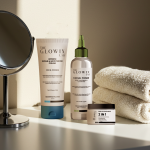
Your Complete Guide to Building a Morning and Night Skincare Routine
July 12, 2025
Your Guide to Strengthening and Repairing the Skin Barrier
July 12, 2025Ever heard of niacinamide and wondered if it’s just another beauty trend? The truth is, it’s one of the few ingredients that addresses multiple skin concerns safely and effectively.
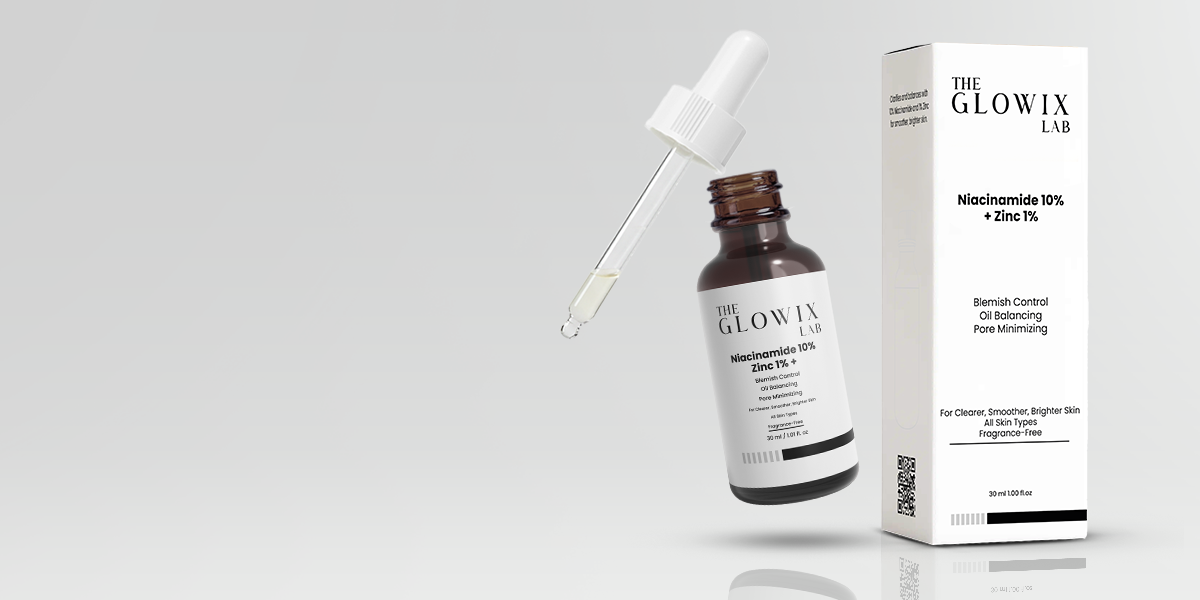
What Is Niacinamide?
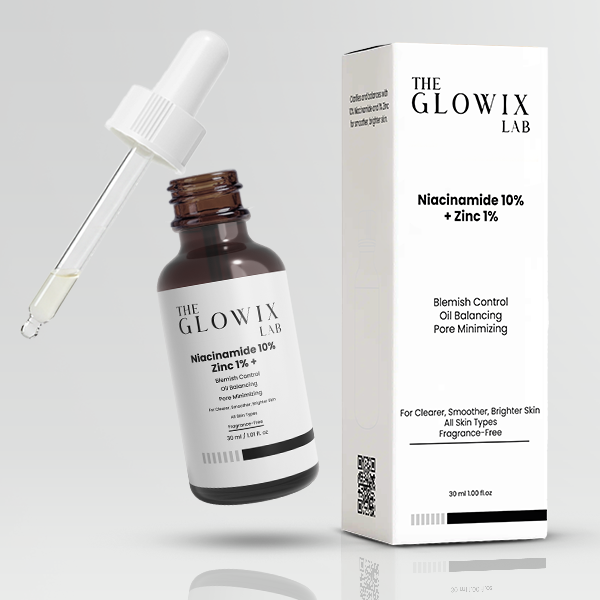
What Is Niacinamide?
Niacinamide is a form of Vitamin B3. It’s gentle, non-acidic, and rarely causes irritation. In fact, it’s one of the easiest active ingredients to incorporate into your daily routine even for sensitive skin.
Why Your Skin Loves It:
Controls Oil Production
Struggling with oily skin or blackheads? Niacinamide calms overactive sebaceous glands, reducing excess shine.Minimizes Pore Appearance
It won’t “close” pores (because pores don’t actually close), but it makes them appear smaller by refining the surrounding skin texture.Evens Out Skin Tone
Perfect for fading dark spots and acne marks — without peeling or redness.Strengthens Skin Barrier
Boosts ceramide production, helping your skin retain moisture more effectively.Soothes Redness & Irritation
Ideal for sensitive skin types, even those prone to rosacea or inflammation.
Who Should Use It?
Oily or combination skin
Sensitive or redness-prone skin
Acne-prone skin or skin with post-acne marks
How to Use:
Apply after cleansing and before your moisturizer.
Can be combined with most ingredients except pure Vitamin C (Ascorbic Acid).

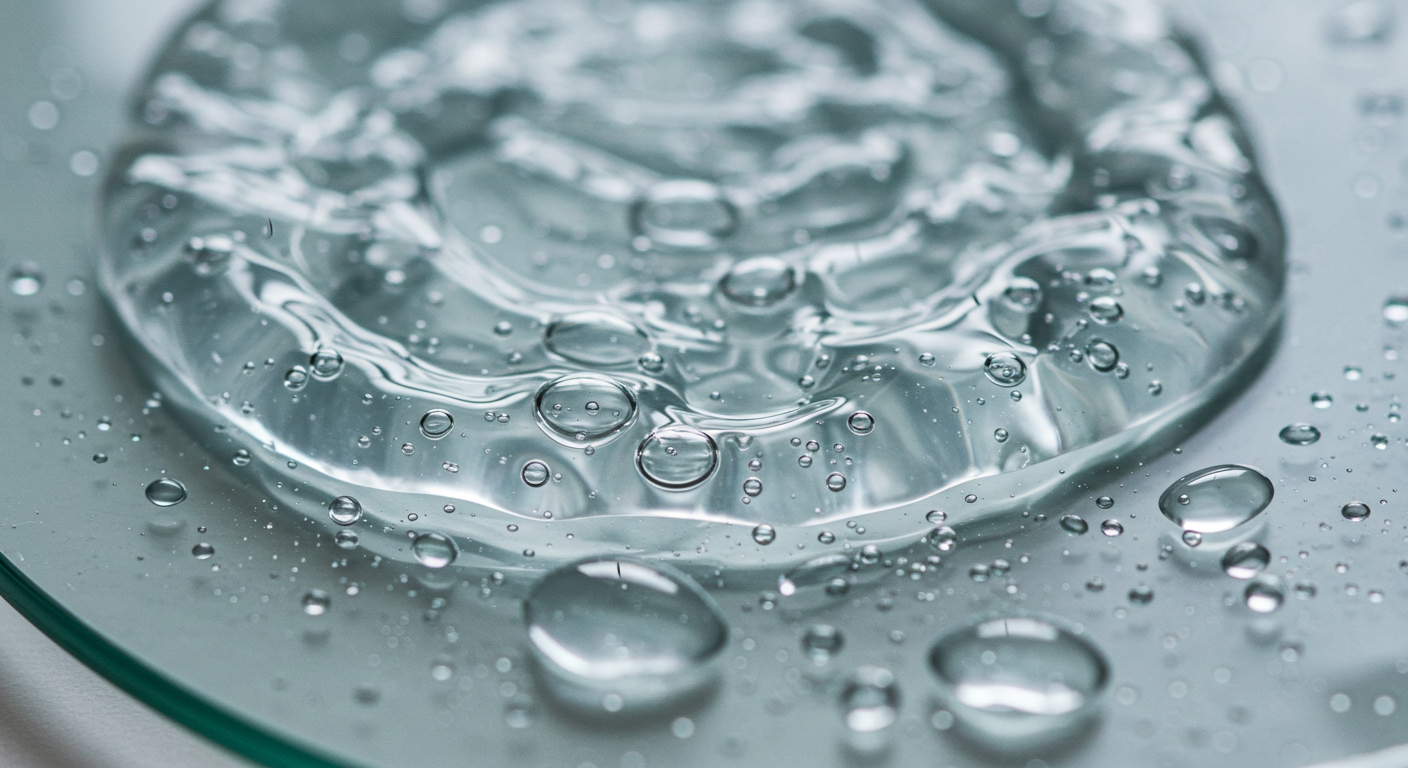
What Is Hyaluronic Acid & Why Skin Loves It?
Ever felt like your skin still feels tight or dull, no matter what you apply? The secret could be missing hydration — and that’s where hyaluronic acid shines.
Why Your Skin Needs It:
Deep Hydration Without Oiliness
Keeps skin plump, dewy, and fresh — not greasy.Softens Fine Lines
Reduces the appearance of dryness-induced wrinkles.Safe for All Skin Types
Even oily and acne-prone skin benefits from its hydration boost.Boosts Skin Renewal
Creates a moist environment for optimal cell function.
How to Use:
Apply after toner, on damp skin (right after misting or cleansing).
Follow immediately with a moisturizer to “seal” it in.
What Is It?
Hyaluronic Acid is a molecule naturally found in your skin and joints. It can hold up to 1000x its weight in water — think of it as a sponge that draws moisture into the skin and locks it in.
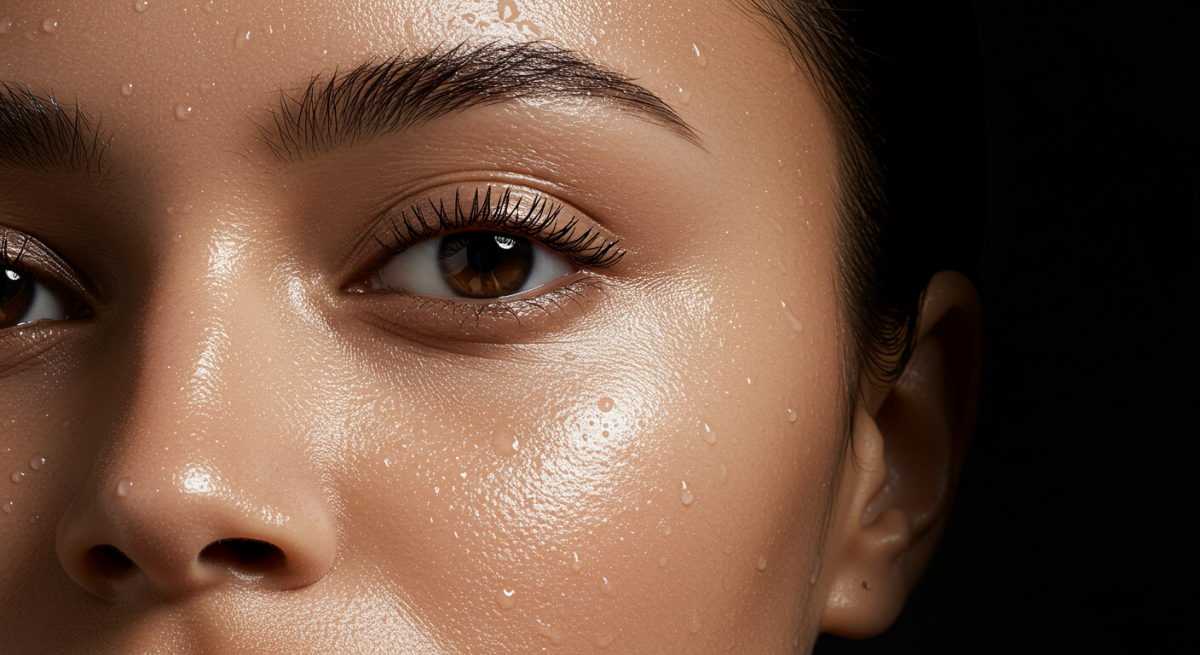
Golden Rules:
Never leave it on its own. Without a moisturizer to lock it in, it might pull moisture from your skin.
Use both morning and night for best results.
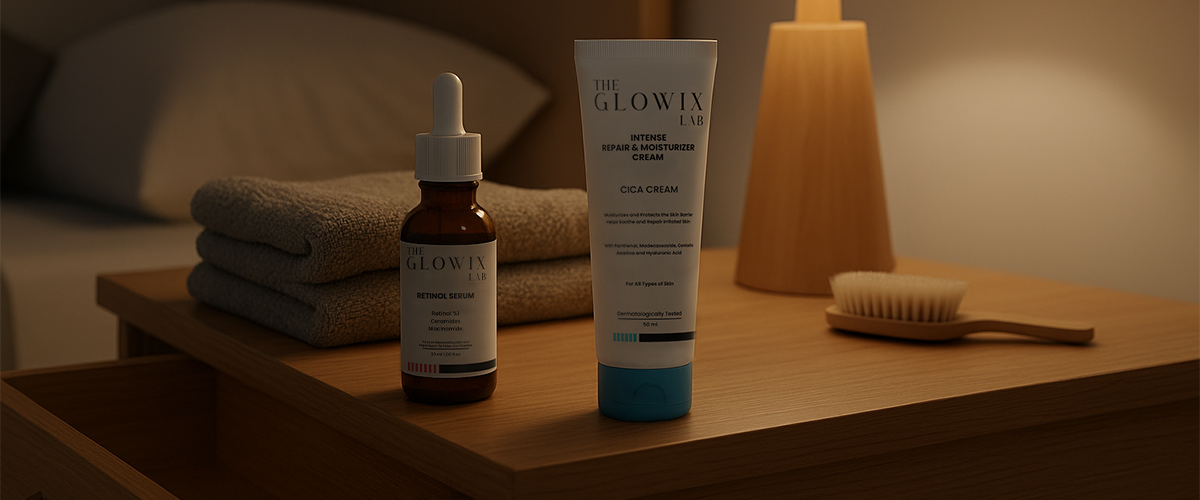
What Is Retinol & Should You Be Afraid of It?
The name retinol can sound intimidating — and that’s because it’s powerful. But when used wisely, it becomes one of the most transformative skincare ingredients available.
What It Does:
Speeds Up Cell Turnover
Gently exfoliates from within, renewing skin from the deeper layers.Reduces Wrinkles & Fine Lines
Stimulates collagen for firmer, smoother skin.Clears Acne & Blackheads
Deep-cleans pores and prevents congestion.Brightens Hyperpigmentation
Fades sunspots and stubborn discoloration.
When & How to Use:
Only at night
Apply after cleanser, and wait until your skin is fully dry before applying.
Use a tiny amount (half a pea size) over the entire face.
Follow with a rich moisturizer.
What Is It?
Retinol is a form of Vitamin A. It’s a gold-standard ingredient for addressing signs of aging, acne, uneven skin tone, and rough texture.
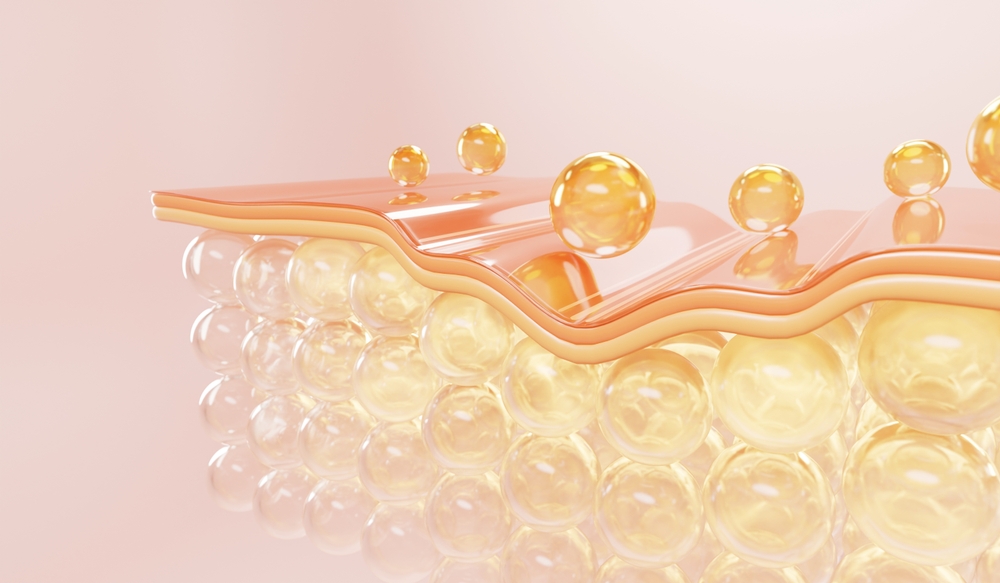
Caution:
Do not mix with strong acids or pure Vitamin C in the same routine.
Dryness or peeling is normal at first. Be patient.
Retinol Tips:
Start with 2 nights a week, then slowly build up.
Always use broad-spectrum sunscreen during the day.
Don’t use it right before an important event — early peeling can happen.

